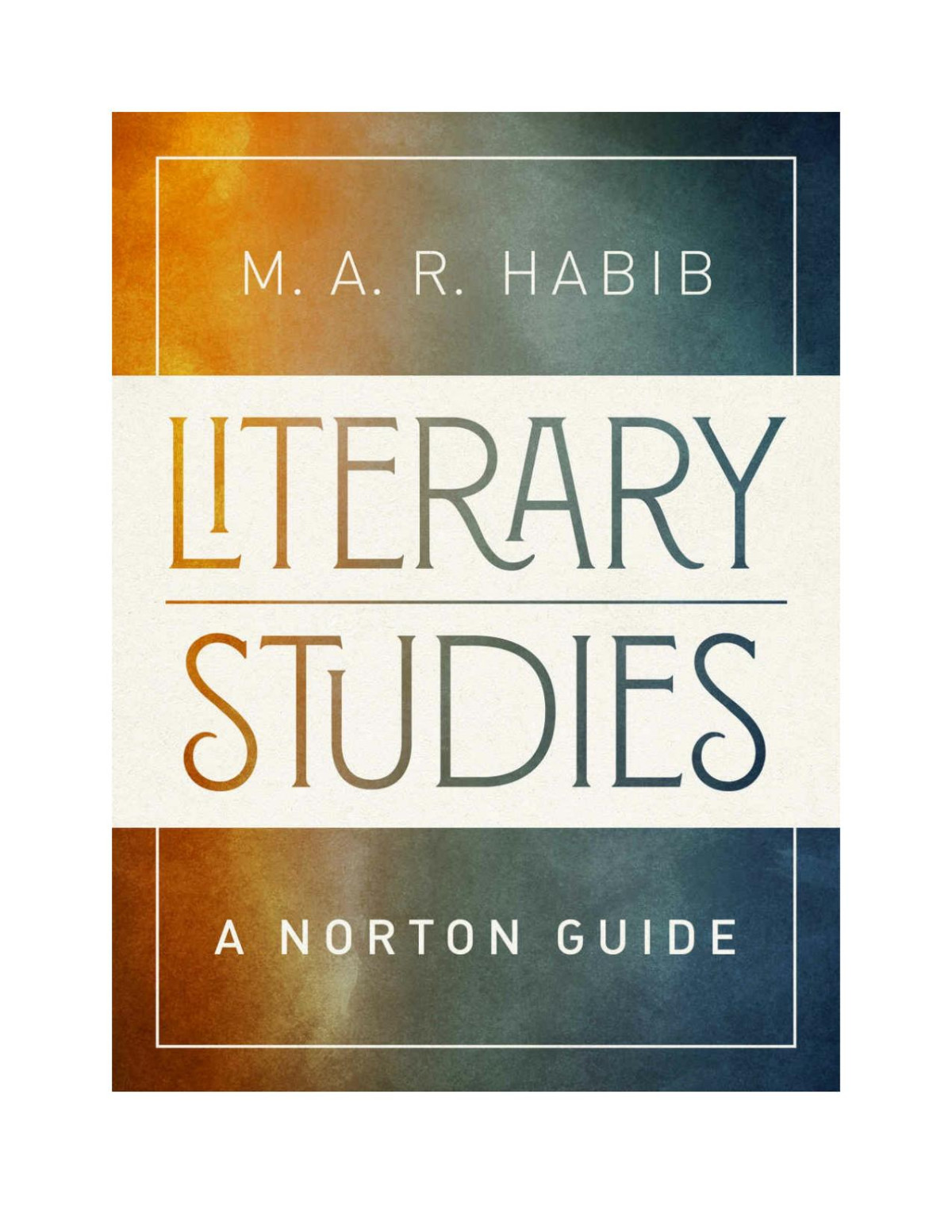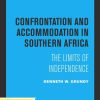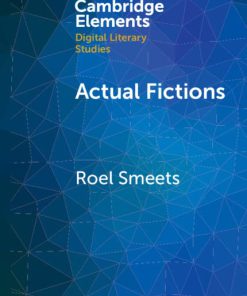Literary Studies A Norton Guide 1st Edition by Habib 039393795X 9780393937954
$50.00 Original price was: $50.00.$25.00Current price is: $25.00.
Literary Studies A Norton Guide 1st Edition by Habib – Ebook PDF Instant Download/Delivery: 039393795X, 9780393937954
Full download Literary Studies A Norton Guide 1st Edition after payment

Product details:
ISBN 10: 039393795X
ISBN 13: 9780393937954
Author: M.A.R. Habib
An inspiring and practical introduction to the English major Literary Studies provides students with an accessible overview of everything they need to know to succeed in their English courses—literary terms, historical periods, theoretical approaches, and more. The guide helps students gain the analytical skills that will benefit them in college and as educated citizens after graduation.
Literary Studies A Norton Guide 1st Table of contents:
Part One: Literary Studies
Chapter 1: So What Can I Do with a Degree in English?
Chapter 2: The Nature and Scope of Literary Studies
The Meaning of “Literary Studies”
Literary Studies Today
The Rise of Theory
World Literature
Teaching Literature
The Process of Knowledge
Part Two: Reading Literature
Chapter 3: Basic Reading
What Does “Reading” Mean?
Preliminary Strategies
Preliminary Reading Exercise: W. B. Yeats, “When You Are Old” (1893)
Chapter 4: Critical Reading
Theme–Form–Context Framework
Critical Reading Exercise: W. B. Yeats, “When You Are Old” (1893)
Critical Reading Exercise: Matthew Arnold, “The Study of Poetry” (1880)
Critical Reading Exercise: Frances Burney, “A Mastectomy” (1812)
Part Three: Elements of Literature
Chapter 5: Genre, Part I
Common Elements
Poetry
Analyzing a Lyric Poem: William Blake, “The Tyger” (1794)
Drama
Analyzing Drama: Sophocles, Antigone (ca. 441 B.C.E.)
Fiction
Analyzing Fiction: Charles Dickens, Hard Times (1854)
Chapter 6: Genre, Part II
Film: Analyzing Gladiator
Television: Analyzing The Big Bang Theory
Digital Genres
Facebook and Other Social Media Platforms
Video Games: Analyzing Super Mario Bros.
Ludology
Chapter 7: Literary Language and Form: Figures of Speech
A Few Reflections
Metaphor
Simile
Metonymy
Synecdoche
Irony
Hyperbole
Oxymoron
Personification
Onomatopoeia
Alliteration
Assonance
Anaphora
Epiphora
Chapter 8: Literary Language and Form: Prosody
Prosody
Scansion
Questions about Meter
Part Four: Historical Periods
Chapter 9: The Ancient World through the Classical Era
The Preclassical Period (ca. 800–ca. 500 B.C.E)
Analyzing a Preclassical Text: Homer, Iliad (ca. 8th c. B.C.E.)
The Classical Period (ca. 500 B.C.E.–17 C.E.)
Elements of Classicism
Analyzing a Classical Text
Chapter 10: The Middle Ages
The Early Middle Ages (ca. 476–1050 C.E.)
Analyzing an Early Medieval Text: Augustine, Confessions (ca. 400 C.E.)
Analyzing an Early Medieval Text: Beowulf (ca. 9th c.)
The Later Middle Ages (ca. 1050–1500)
Analyzing a Later Medieval Text: Dante, Inferno (ca. 1307–21)
Analyzing a Later Medieval Text: Christine de Pizan, The Book of the City of Ladies (1405)
Analyzing Later Medieval Texts: Geoffrey Chaucer, The Canterbury Tales (ca. 1386–1400)
Chapter 11: From the Early Modern Period to the Late Nineteenth Century
The Early Modern Period
Analyzing Early Modern Literature: Francis Petrarch, Sonnet 333
Analyzing Early Modern Literature: Louise Labé, Sonnet 18
The Seventeenth Century
Analyzing a Metaphysical Poem: John Donne, “The Flea” (1633)
Neoclassicism
Analyzing a Neoclassical Text: Alexander Pope, An Essay on Man (1733–34)
The Enlightenment
Analyzing an Enlightenment Text: Mary Wollstonecraft, A Vindication of the Rights of Woman (1792)
Romanticism (ca. 1780–1830)
Analyzing a Romantic Text: Percy Bysshe Shelley, “Ode to the West Wind” (1819)
The Later Nineteenth Century
Analyzing a Later Nineteenth-Century Text: Walt Whitman, Preface to Leaves of Grass (1855)
Chapter 12: Modernism and Postmodernism
Modernism
Analyzing a Modernist Text: T. S. Eliot, “The Love Song of J. Alfred Prufrock” (1915)
Postmodernism
Analyzing a Postmodern Text: Samuel Beckett, Endgame (1957)
Chapter 13: Contemporary Literature
Analyzing Contemporary Literature: Toni Morrison, “Recitatif” (1983)
Analyzing Contemporary Literature: Zadie Smith, “The Waiter’s Wife” (1999)
Chapter 14: World Literature
General Strategies
Analyzing World Literature: Confucius, Analects
Analyzing World Literature: Bhavakadevi, Classical Sanskrit Lyric
Analyzing World Literature: The Qur’an
Analyzing World Literature: Yehuda Amichai, “An Arab Shepherd Is Searching for His Goat on Mount Zion” (1980)
Analyzing World Literature: Bessie Head, “The Deep River” (1977)
Analyzing World Literature: Hanan al-Shaykh, “The Women’s Swimming Pool” (1994)
Analyzing World Literature: Isabel Allende, “And of Clay Are We Created” (1989)
Part Five: Literary Criticism and Theory
Chapter 15: Literary Criticism and Theory, Part I
Historical Periods
Criticism and Theory in the Twentieth Century
Chapter 16: Literary Criticism and Theory, Part II
Structuralism
Poststructuralism
Cultural Studies
Film Theory
Postcolonial Criticism
Global Studies
After Theory
Chapter 17: Using Theory
A Deconstructive Analysis of William Blake’s “The Tyger”
A Marxist Analysis of Katherine Mansfield’s “The Garden Party”
A Postcolonial/Global Studies Analysis of Joseph Conrad’s Heart of Darkness
Part Six: Writing about Literature
Chapter 18: The Writing Process
Stages of the Writing Process
General Guidelines
Beyond the Five-Paragraph Essay
Chapter 19: Specific Assignments
Exposition
Comparison and Contrast
Argument
Journal Writing
Chapter 20: Documentation and Research
Using and Documenting Sources
The Research Paper
Appendix: Joining an Academic Community
Selected Bibliography
People also search for Literary Studies A Norton Guide 1st:
literary studies a norton guide pdf
literary studies a brief norton guide
norton anthology of english literature 8th edition pdf
the norton introduction to literature 8th edition pdf
Tags:
Habib,Literary,Studies,Norton
You may also like…
Religion & Spirituality - Bible
Studies on Baruch Composition Literary Relations and Reception 1st Edition Sean A. Adams (Eds.)
Politics & Philosophy - Ethnography
Self Help Relationships Lifestyle The Art of Communication
The Norton Field Guide to Speaking 1st Edition Isa Engleberg John A Daly
Relationships & Lifestyle - Personal Growth & Inspiration
Cultivating Vocation in Literary Studies 1st Edition Stephanie Johnson (Editor)
Uncategorized
Interdiscipline A Future for Literary Studies and the Humanities 1st Edition Petar Ramadanovic
Poetry - American Poetry
Uncategorized
Uncategorized











